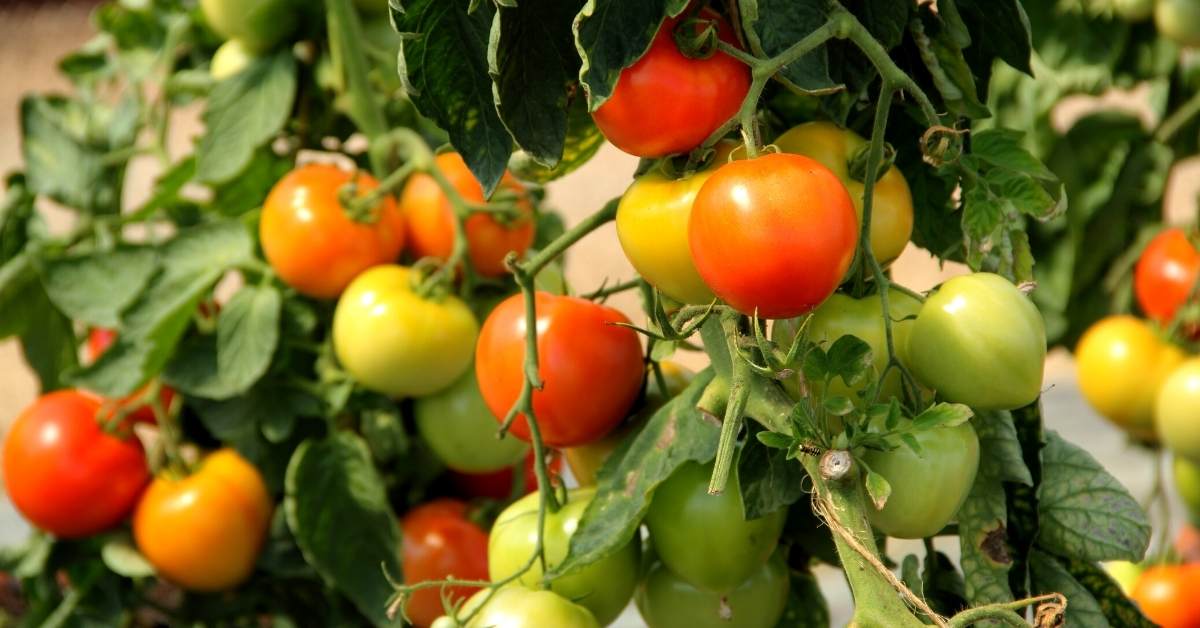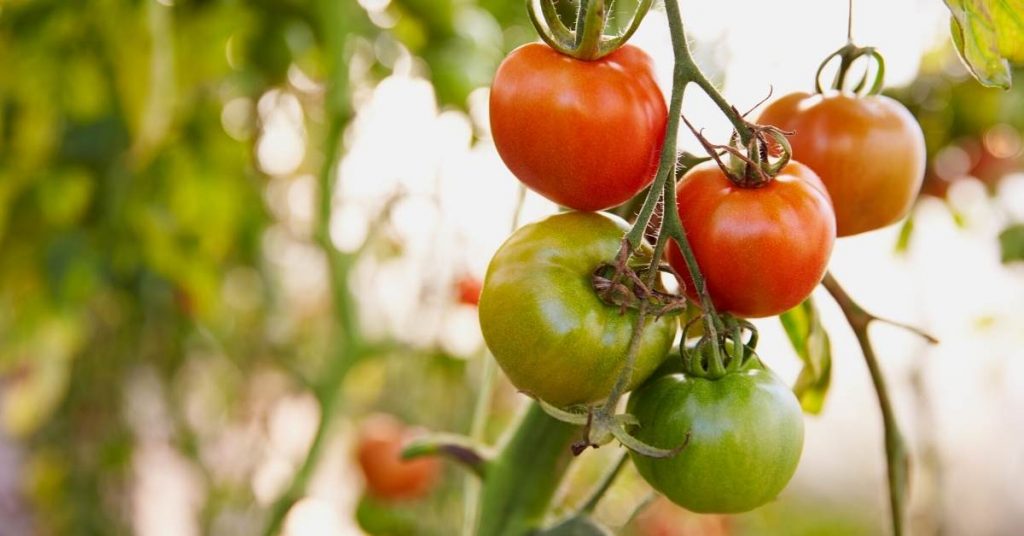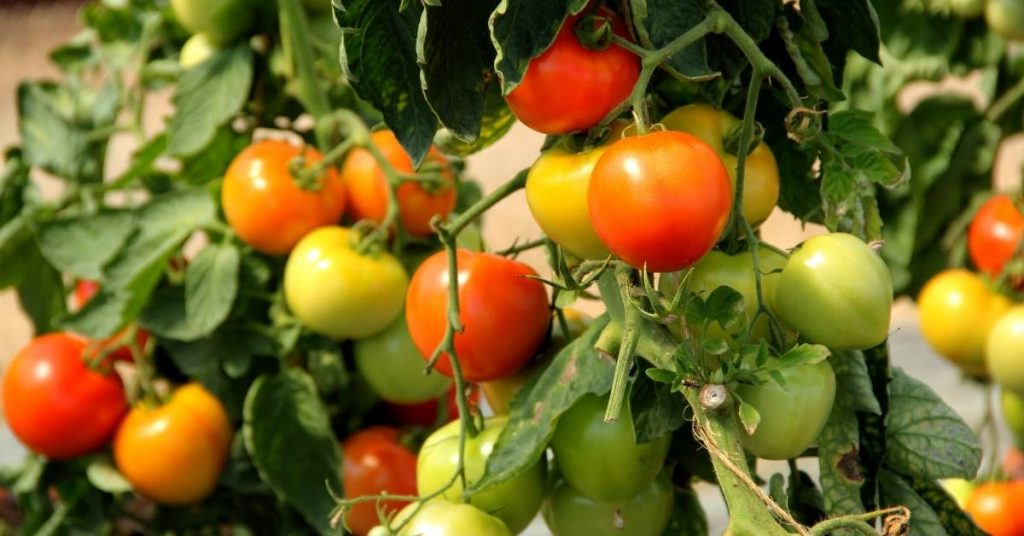
The story of the tomato plant is a tale of three continents; South America, Europe, and North America. The European part of the story began in the 1500s, when Spanish and Portuguese explorers returned to their respective countries with exotic crops, including tomatoes. Here is the short history of the tomato fruit.
Although it is clear that Lycopersicon esculentum originated in South America, the tomato was most likely initially cultivated and plants selected based on fruit size in Mexico.

The first tomato seeds…
As a result, once Cortez conquered Mexico City in 1519, the first tomato seeds were brought to Europe from Mexico. It was not until 1533 that the Spaniards invaded Peru and Ecuador.
Thomas Jefferson grew the tomato after it was introduced to the United States and presented it to the table.
In an attempt to bring the tomato into the diet of the poor in Alabama, whose diets were severely lacking in vitamins, George Washington Carver planted and recommended the fruit.
The majority of tomato plants cultivated today are hybrids, which are the product of crossbreeding to create certain plant traits like stress resistance, insect resistance, disease resistance, and fruit features such as uniform size and coloration, longer shelf life, and firmness, as well as disease resistance.
You might want to read this: How and Why Important is Soil Testing?
Open-pollinated varieties
Aside from hybrids, there are “open-pollinated varieties,” which include Heirloom varieties, which were the major kinds produced prior to the introduction of hybrids in the mid-1940s.
Seed from open-pollinated types may be kept and grown into the same plant, while seed from hybrid fruits will not grow into the same plant as the one from which it was taken.
The tomato fruit did not become a prominent meal until the twentieth century when it was consumed directly or as a component in a variety of foods. Today, per capita intake of fresh tomato fruit is increasing as more information about the health advantages of including it in one’s diet becomes available.
Today, the average American consumes about 90 pounds of tomato as fruit and tomato-containing products.
Tomato is one of the most demanded garden fruit grown in the United States. Commercially, China is the larger producer, followed by United States, Turkey, India, and Italy. California accounts for 90% of U.S. production and 35% of the world’s production.
In the United States, tomato fruit production has a farm value of over 2 billion dollars.
Tomato fruit production data is being reported yearly from 144 countries. In the last ten years, the most crucial development has been increasing greenhouse-grown tomatoes from significant production hubs in the Netherlands, Spain, Canada, the United States, and Mexico.

Free trade agreements among nations have allowed for the ease of movement of fruit from country to country.
Accompanying this increased movement has been the shift away from the production of beefsteak (large) fruit to smaller, such as cocktail, cherry, grape, and Roma. Consumers’Consumers’ major priority is taste. This has contributed to a growing demand for smaller, more flavorful fruits.
Based on the perception of high-flavored fruit, Heirloom varieties are attracting increasing attention from both home gardeners and small commercial growers for marketing in local farmer markets.
You might want to see this: Advantages of Drip Irrigation in Agriculture | No Weeding, No-Till
History of The Tomato Fruit – Heirloom Varieties
The term “Heirloom varieties” was coined in the 1990s and related to those tomato varieties that were commonly grown before the 1950s after hybrid tomato varieties were first introduced in 1945. Heirloom varieties are more attractive to consumers since they come in various fruit sizes and skin colors (black, purple, brown, yellow, orange, pink, bicolor).
Fruit-on-the-vine (TOV), often known as “cluster tomatoes,” is becoming a popular fruit in the United States. Fruit is being packaged in the most appealing way possible by growers. The consumer is provided with bright red or dazzling, yellow-colored fruit that is free of blemishes.
In addition, pesticide-free and/or organically grown fruit is also gaining preference among some consumers.
Gourmet chefs are searching for a wide range of colors, sizes (from very huge to grape or cherry kinds), and flavor qualities in their fruits. Fast food chains require tomato fruit of uniform size, shape, and color. In contrast, gourmet chefs require various fruit colors, dimensions (from very large to grape or cherry types), and flavor characteristics.
Tomatoes can be roughly classified into 7 groups:
- Slicing or globe – for processing and fresh eating.
- Beefsteak – large fruit for use in sandwiches
- Oxheart – range in size up to beefsteak
- Plum or paste – high solid content for use in sauce and paste
- Pear – pear-shaped, for rich gourmet paste
- Cherry – small and oblong, a variation of the plum tomatoes
- Grape – a smaller and oblong variation of the plum tomato for use in salads
- Campari – bigger than cherry, smaller than plum, sweet, and known for their juiciness, low in acidity, and lacks of mealiness.
No comment yet, add your voice below!